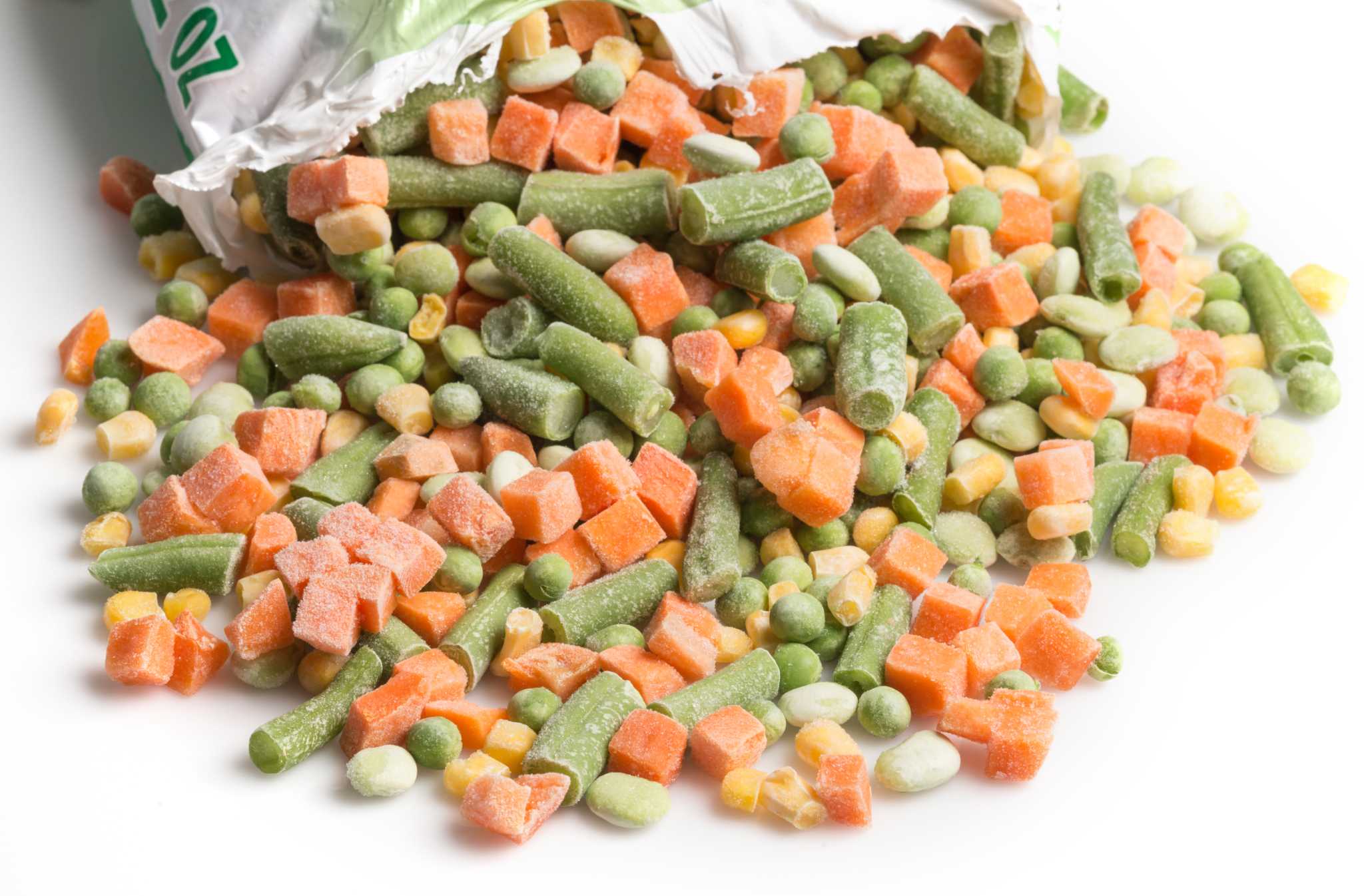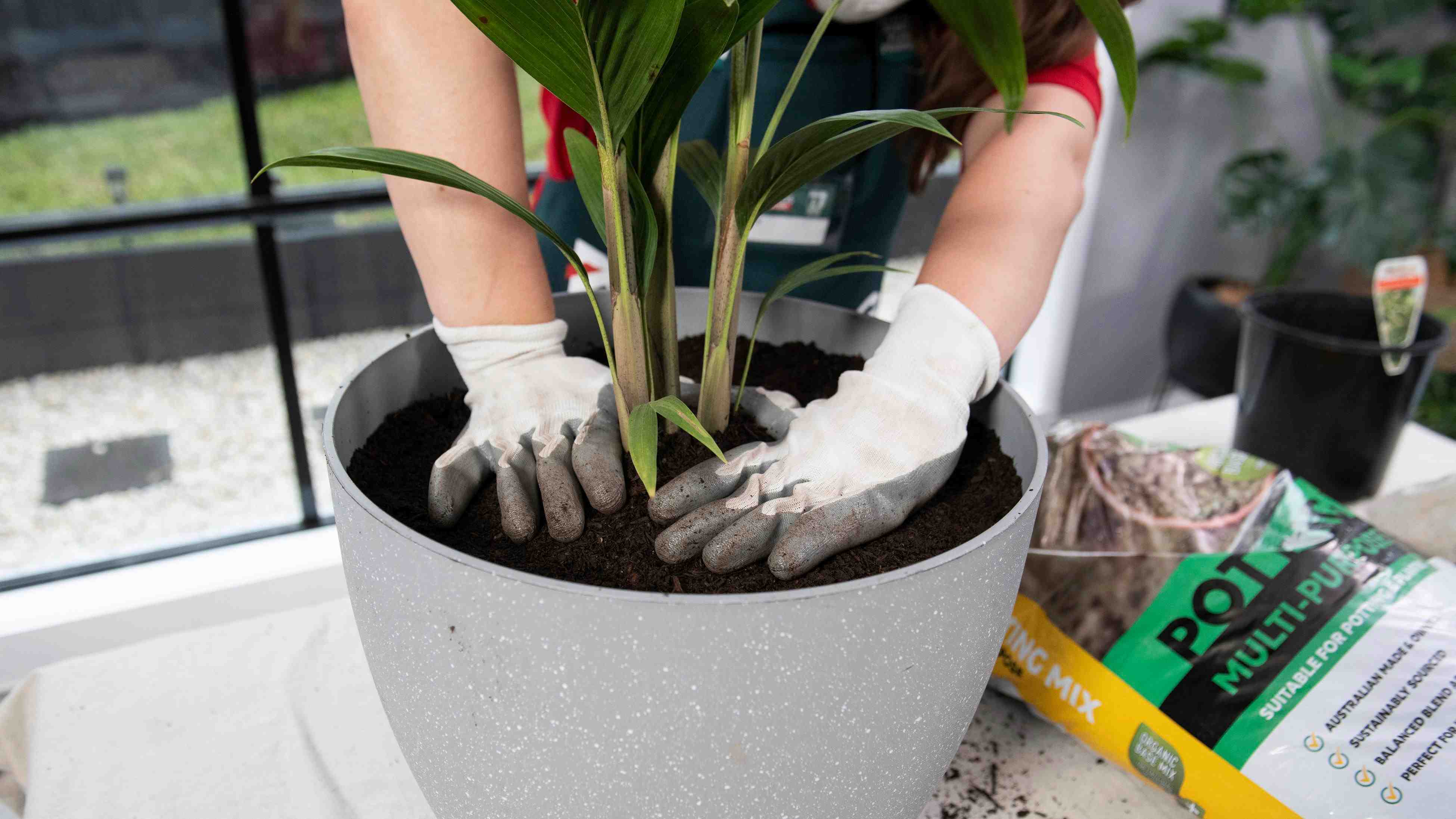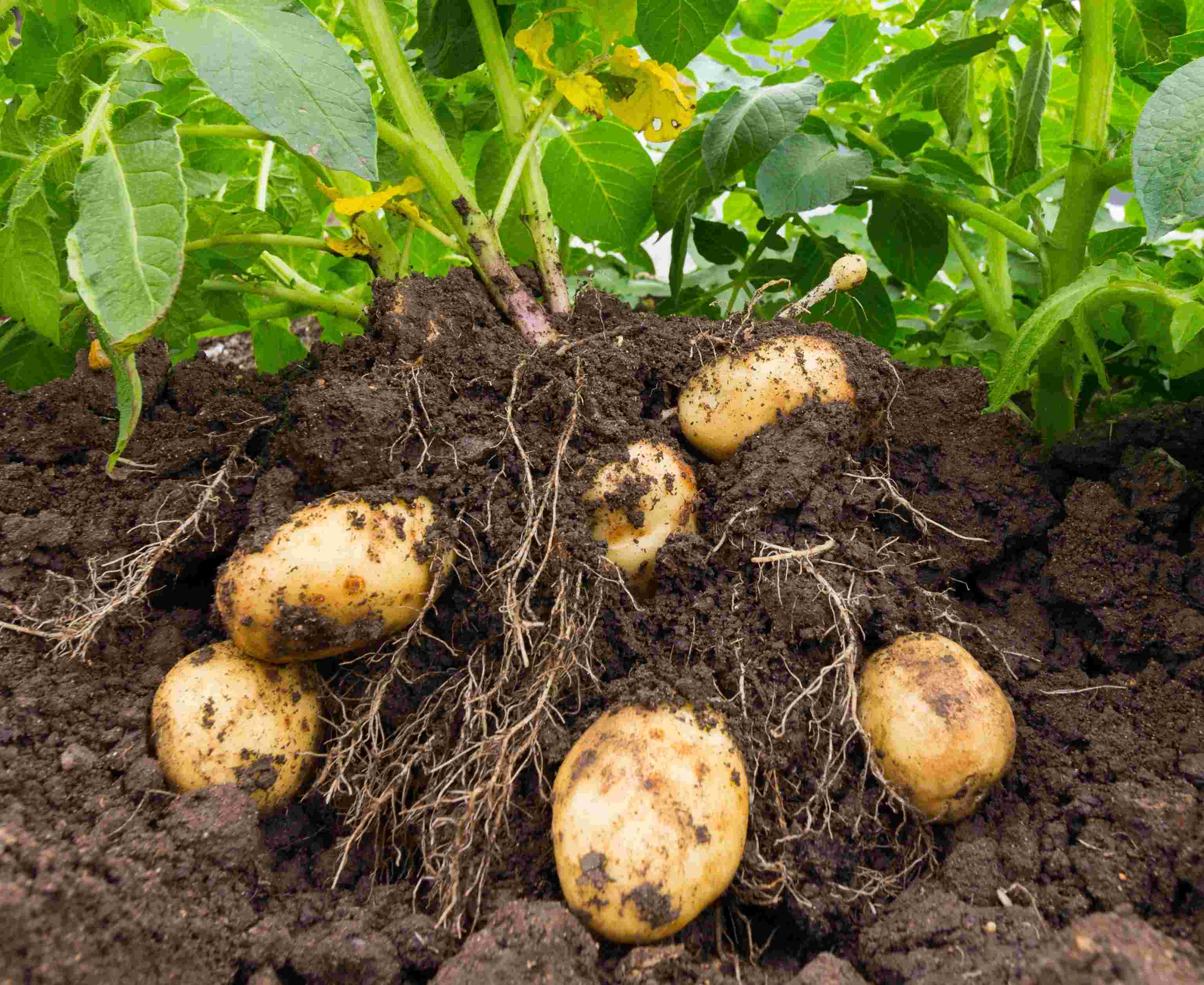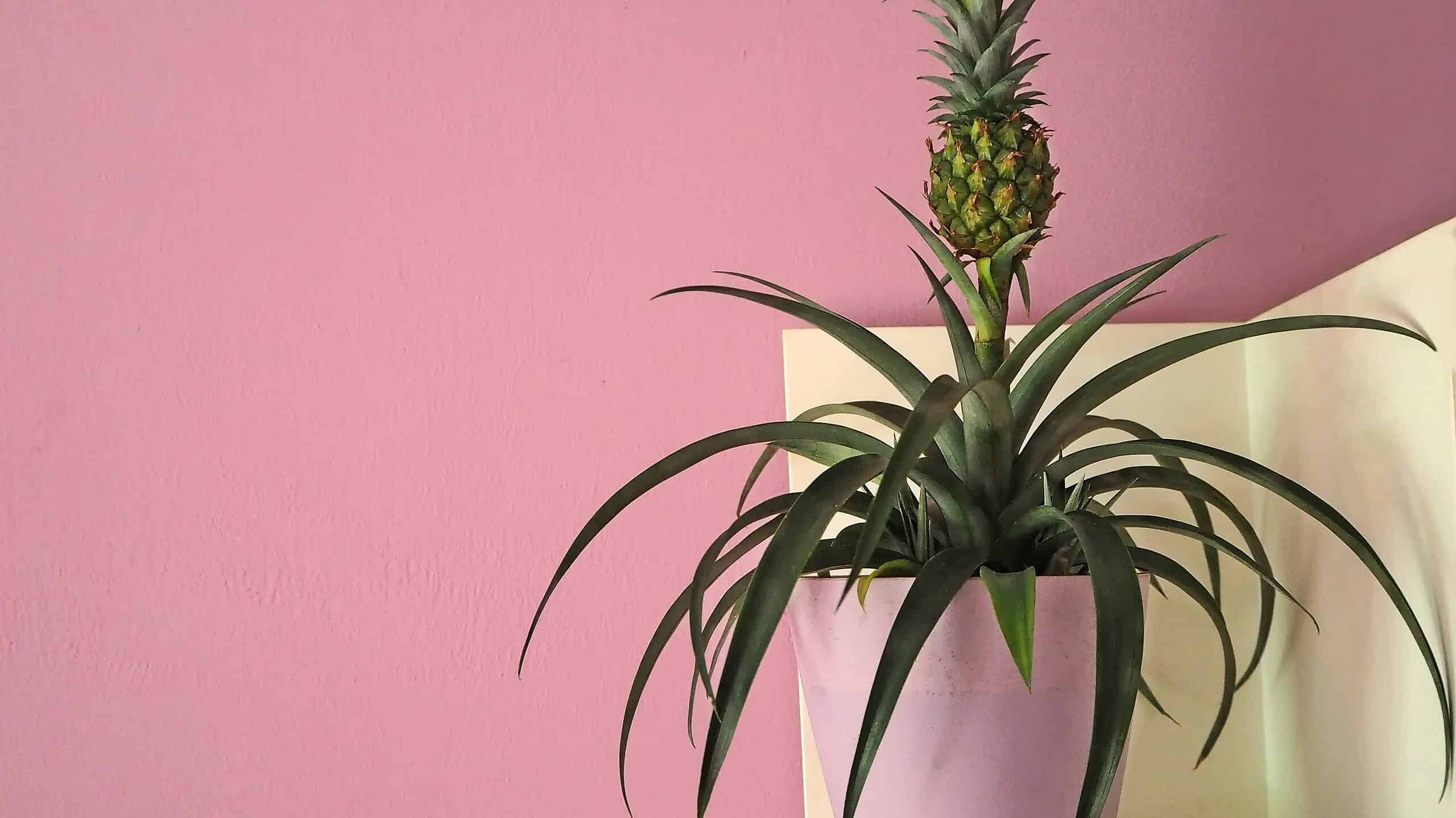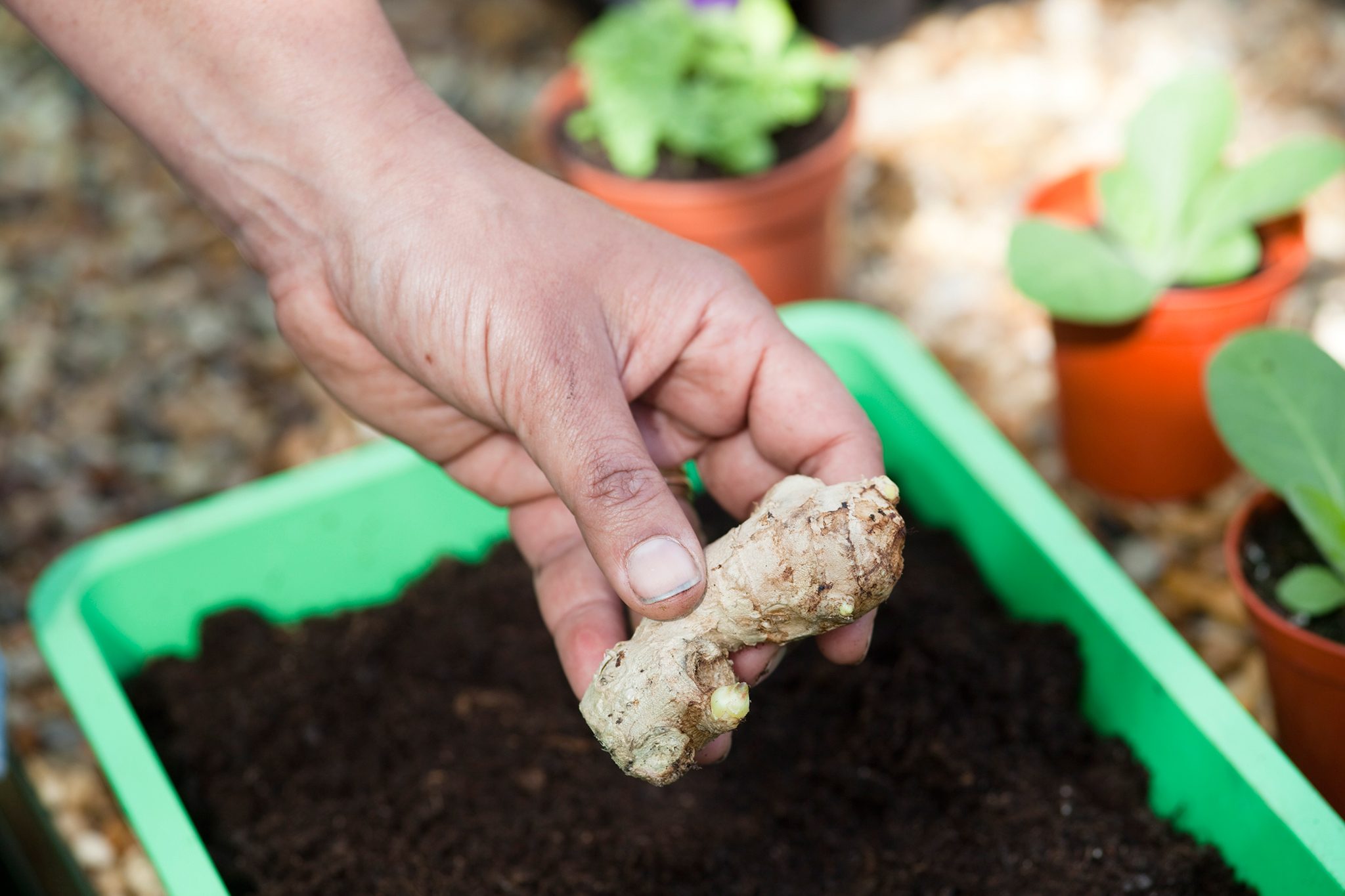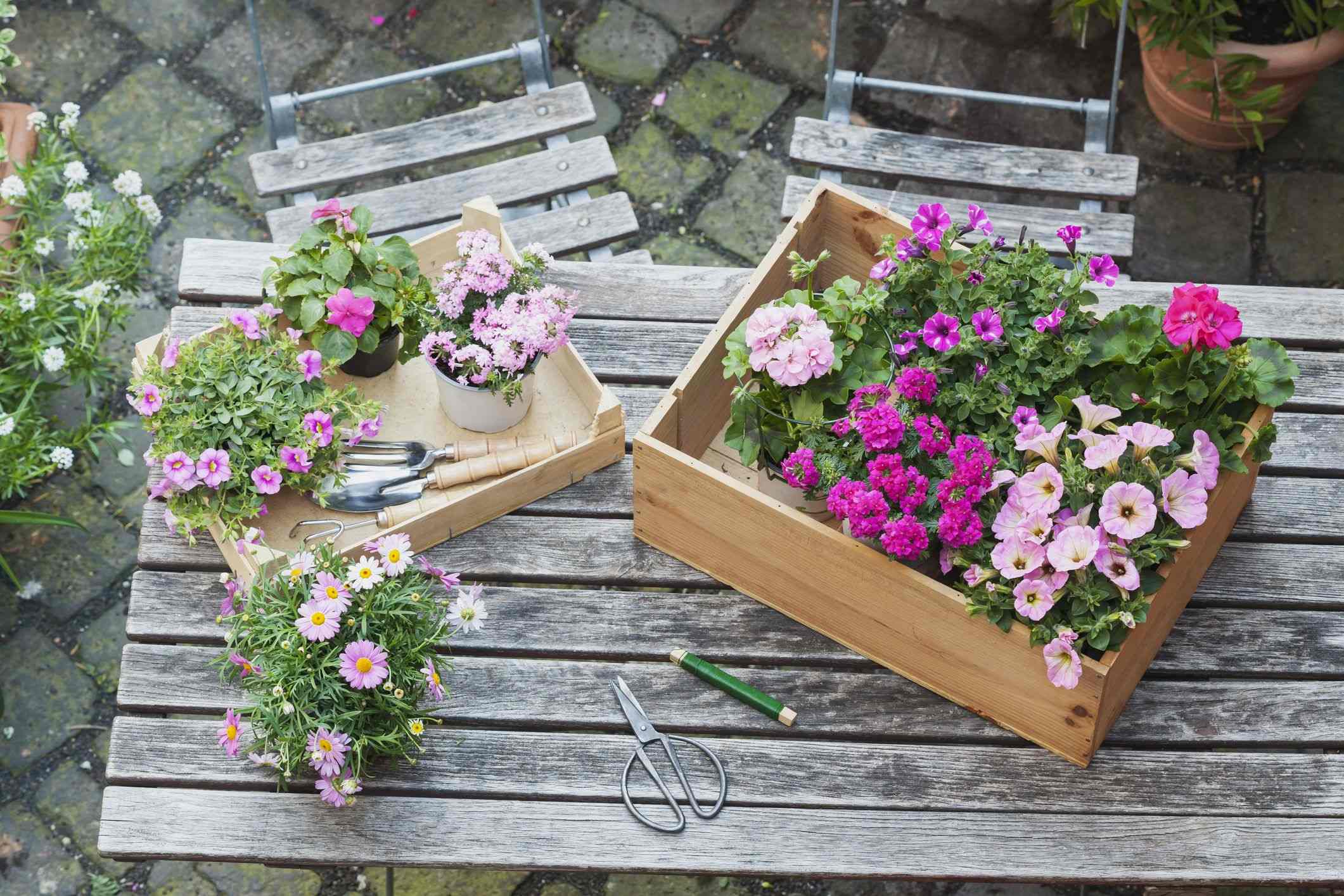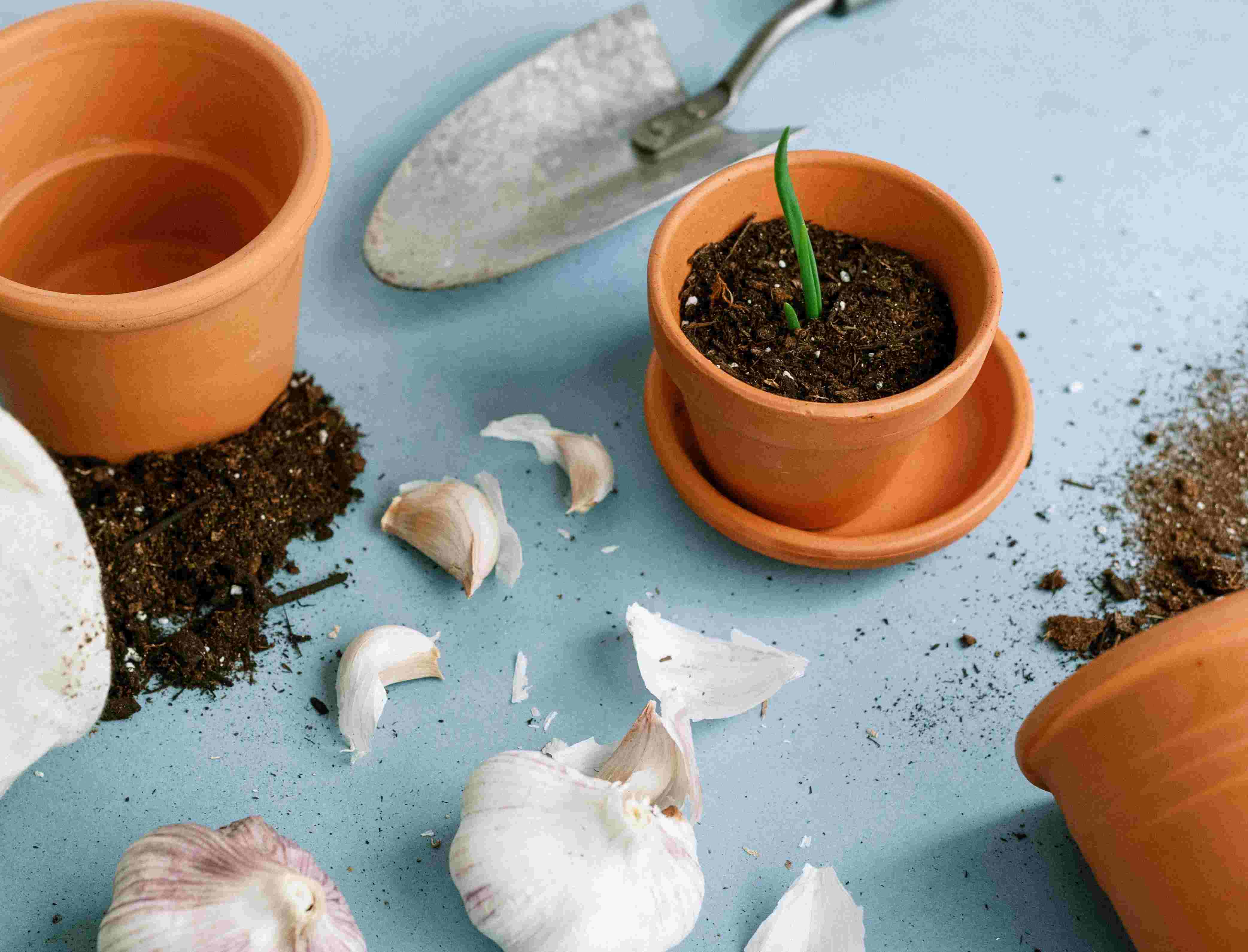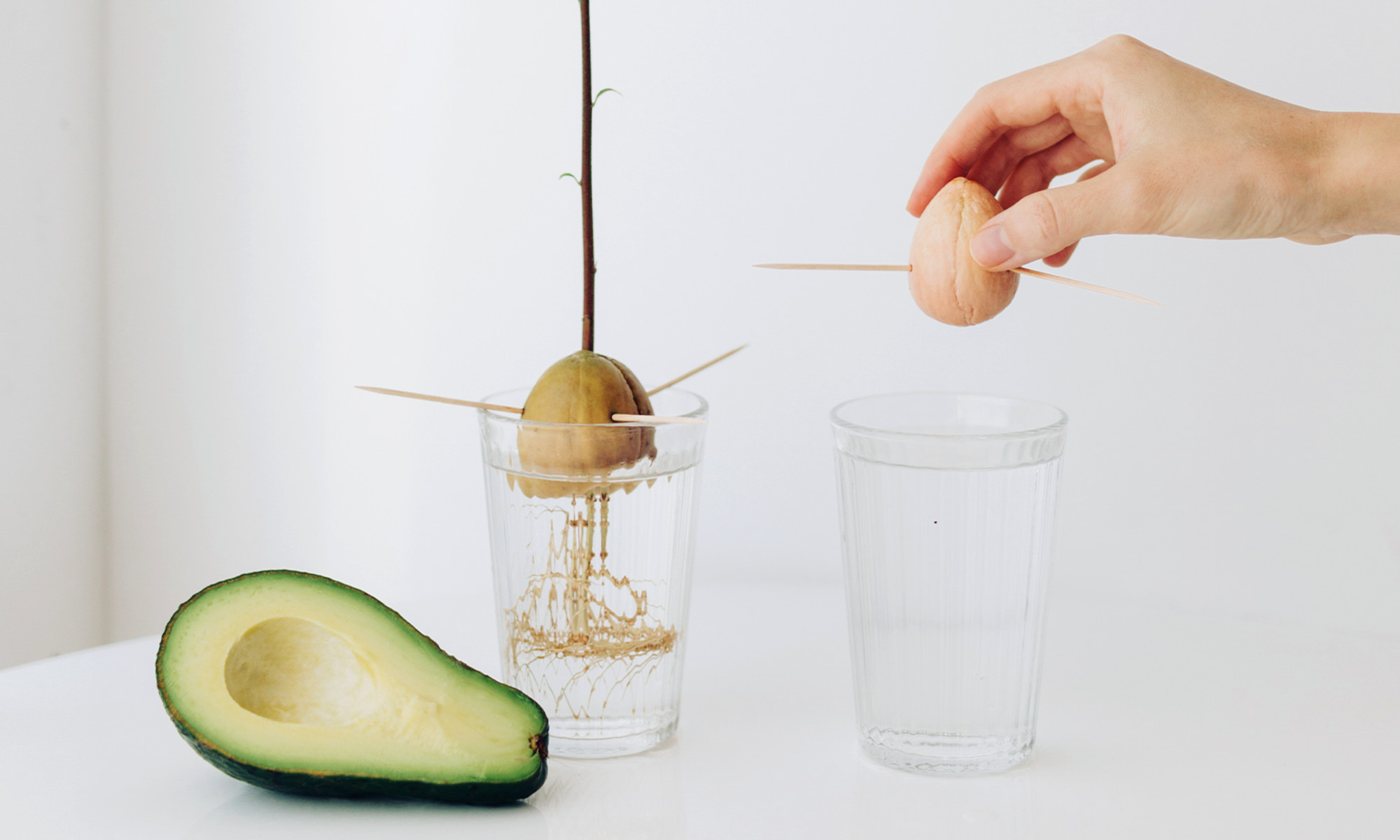Home>Types of Gardening>Edible Gardening>How To Prepare Sunflowers To Eat


Edible Gardening
How To Prepare Sunflowers To Eat
Modified: January 22, 2024
Discover how to prepare sunflowers to eat and add them to your edible gardening journey. Explore step-by-step instructions and nutritional benefits.
(Many of the links in this article redirect to a specific reviewed product. Your purchase of these products through affiliate links helps to generate commission for Chicagolandgardening.com, at no extra cost. Learn more)
Table of Contents
Introduction
Welcome to the world of edible gardening! Whether you are a seasoned gardener or just starting out, exploring the realm of growing your own food is a rewarding and fulfilling experience. One plant that often goes unnoticed in the edible gardening world is the sunflower. While most people admire sunflowers for their stunning beauty and as a decorative element in their gardens, few realize that these vibrant flowers can also be a delicious addition to their dinner table.
While sunflower seeds are commonly consumed as a snack, the entire sunflower plant is actually edible. From its vibrant petals to its sturdy bracts and nutritious seeds, sunflowers offer a range of culinary possibilities. In this article, we will guide you through the process of preparing sunflowers to eat, from selecting the right varieties to harvesting, processing, and cooking with them.
Whether you have a thriving garden or are eager to start a gardening adventure, incorporating sunflowers into your edible landscape is a fantastic way to not only enjoy their beauty but also their nutritional benefits. Sunflowers are not only aesthetically pleasing, but they also provide a variety of health benefits. The seeds are rich in nutrients such as vitamin E, magnesium, and selenium, and they can be a great source of healthy fats and protein. By learning how to prepare sunflowers to eat, you can unlock a world of culinary delights and nourish yourself with the fruits of your labor.
Choosing the Right Sunflowers
When it comes to choosing the right sunflowers for eating, there are a few factors to consider. The first is the variety of sunflower you select. While most sunflowers are edible, some varieties are specifically grown for their seeds, while others are cultivated for their ornamental value. If you plan to consume the entire plant, including the petals and bracts, look for edible varieties such as ‘Mammoth’, ‘Italian White’, or ‘Teddy Bear’.
Another important consideration is the size of the sunflower. Larger varieties, such as the ‘Mammoth’ or ‘Giant Russian’ sunflowers, tend to have larger seeds and are easier to harvest. However, smaller varieties, like ‘Italian White’ or ‘Evening Sun’, can also be enjoyed, especially if you prefer a more delicate flavor.
Additionally, consider the maturity of the sunflowers you choose. For seed production, it is best to wait until the flower head has fully dried and the back of the head turns yellow or brown. This indicates that the seeds are ripe and ready to be harvested. However, if you plan to consume the petals or bracts, you can pick the flowers when they are in full bloom and vibrant in color.
Lastly, it is important to consider the growing conditions and the quality of the sunflower seeds. Ensure that the seeds are non-GMO and organically sourced, as this will contribute to the overall taste and health benefits of the sunflowers you plan to eat. If you have limited garden space, you can also consider growing sunflowers in containers, as they adapt well to these conditions.
By selecting the right sunflower varieties and ensuring a favorable growing environment, you set yourself up for a bountiful harvest of delicious and nutritious sunflowers that can be enjoyed in a variety of culinary creations.
Harvesting Sunflowers
Harvesting sunflowers is an exciting and rewarding step in the process of preparing them to eat. Timing is crucial when it comes to harvesting sunflowers, as it ensures the seeds are mature and at their peak flavor. Here is a step-by-step guide to help you harvest your sunflowers:
- Observe the flower heads: Watch for signs of maturity in the flower heads. The back of the flower head should turn yellow or brown, indicating that the seeds are maturing and becoming ready for harvest. The petals may start to wither and fall off.
- Prepare your tools: Before harvesting, gather a pair of sharp pruning shears or a sturdy pair of garden scissors. You’ll also need a bucket or a large basket to collect the flower heads.
- Choose the harvesting time: Determine whether you want to harvest the sunflowers for their petals and bracts or solely for their seeds. If you are planning to use the entire plant, harvest the sunflowers when the petals are fully open, and the flower heads are at their peak of vibrancy. If your focus is solely on seed production, wait until the back of the flower head turns yellow or brown and the petals have fallen off.
- Cut the flower heads: Use the pruning shears or garden scissors to carefully cut the sunflower stalk below the flower head. Aim to leave a few inches of the stalk attached to the flower head to make the handling process easier.
- Collect the flower heads: Place the harvested flower heads in the bucket or large basket. Avoid stacking them on top of each other or crushing them, as this can damage the seeds.
Once you have harvested your sunflowers, you are ready to move on to the next step of preparing them for consumption.
Removing the Petals and Bracts
Removing the petals and bracts from your sunflowers is an essential step in preparing them to eat. While the petals and bracts may not be as commonly consumed as the seeds, they offer a unique flavor profile and can be a delightful addition to various dishes. Here’s how to remove the petals and bracts:
- Prepare a clean workspace: Find a clean, well-lit area where you can comfortably work on removing the petals and bracts. Lay down a cutting board or a clean towel to collect the discarded parts.
- Hold the flower head firmly: Take the sunflower flower head and hold it firmly in one hand. You may want to wear gardening gloves to protect your hands.
- Remove the petals: Starting from the outside of the flower head, gently tug on each petal and twist it off. Work your way towards the center of the flower, removing the petals one by one. If any petals are tough or have blemishes, discard them.
- Remove the bracts: Beneath the petals, you’ll find the bracts. Bracts are the green leaf-like structures that surround the base of the flower head. Carefully peel away the bracts, one by one, until you reach the sunflower seeds at the center. The bracts are edible and have a slightly bitter, herbaceous taste.
- Discard or repurpose the petals and bracts: Once you have removed the petals and bracts, you can discard them or find creative uses for them. The petals can be added to salads or used as a garnish, while the bracts can be used as a wrap for other ingredients.
Removing the petals and bracts allows you to fully appreciate the flavor and texture of the sunflower seeds. It also opens up a world of culinary possibilities, providing you with the opportunity to experiment with different recipes and techniques.
Roasting the Sunflower Seeds
Roasting sunflower seeds is a popular way to enhance their flavor and create a delicious and nutritious snack. Here’s a step-by-step guide to help you roast sunflower seeds:
- Preheat your oven: Preheat your oven to 350°F (175°C) while you prepare the sunflower seeds.
- Clean the seeds: Start by rinsing the sunflower seeds under cold water to remove any dirt or debris. Spread them on a clean kitchen towel or paper towel and pat them dry.
- Season the seeds (optional): If desired, you can season the sunflower seeds with your favorite flavors. Toss them in a bowl with a drizzle of olive oil and sprinkle with salt, or experiment with spices like paprika, garlic powder, or cayenne pepper for a more unique taste.
- Spread the seeds: Arrange the seeds in a single layer on a baking sheet. Make sure they are evenly spaced to ensure even roasting.
- Roast in the oven: Place the baking sheet in the preheated oven and roast the sunflower seeds for about 10-15 minutes, or until they turn golden brown. Keep a close eye on them to prevent burning.
- Cool and enjoy: Once roasted, remove the baking sheet from the oven and let the sunflower seeds cool completely. They will become crunchier as they cool down. Once cooled, transfer the seeds to an airtight container for storage, or enjoy them right away as a snack.
Roasted sunflower seeds can be enjoyed on their own as a healthy snack or used as a versatile ingredient in various recipes. From adding them to salads and trail mixes to using them as a topping for baked goods or incorporating them into savory dishes, their nutty flavor and satisfying crunch can enhance a wide range of culinary creations.
Preparing Sunflower Seeds for Cooking
Before you can start cooking with sunflower seeds, it’s important to properly prepare them. Here are the steps to follow:
- Remove any remaining debris: After harvesting and roasting the sunflower seeds, it’s possible that there may be some remaining debris or husks. Take a clean kitchen towel or paper towel and gently rub the seeds to remove any loose husks or particles.
- Shell the seeds (optional): Depending on your preference and the recipe you plan to make, you can choose to keep the sunflower seeds in their shells or remove them. To shell the seeds, place them between two layers of towels and gently apply pressure to crack open the shells. Carefully remove the shells, separating the kernels from the shells.
- Rinse the seeds: It’s a good idea to rinse the sunflower seeds after shelling them, as this can help remove any remaining shell fragments and dirt. Place the kernels in a colander and rinse them under cold water, then pat them dry with a kitchen towel or paper towel.
- Toast the seeds (optional): Toasting the sunflower seeds before cooking can enhance their flavor and add depth to your dishes. Heat a dry skillet over medium heat and add the sunflower seeds. Stir them constantly with a wooden spoon or spatula for a few minutes until they become lightly golden and aromatic. Be careful not to burn them.
- Store or use immediately: Once prepared, you can store the sunflower seeds in an airtight container in a cool, dry place for future use. Alternatively, you can start incorporating them into your recipes right away.
By properly preparing the sunflower seeds before cooking, you ensure that they are clean, free of debris, and ready to be used in a variety of delicious dishes. From using them as a topping for salads and soups to incorporating them into baked goods or creating flavorful sauces and spreads, sunflower seeds can add texture, flavor, and nutritional value to your culinary creations.
Cooking with Sunflower Seeds
Sunflower seeds are a versatile ingredient that can be used in a wide range of dishes, adding a unique flavor and texture to your culinary creations. Here are some delightful ways to cook with sunflower seeds:
- Salads and Grain Bowls: Sprinkle toasted sunflower seeds over your favorite salads or grain bowls for a delightful crunch. They pair well with greens, vegetables, and grains, adding a nutty flavor and providing a nutritious boost.
- Sauces and Dressings: Grind sunflower seeds into a creamy paste and use it as a base for sauces and dressings. This can add a rich and creamy texture to your recipes, making them more flavorful and satisfying.
- Baked Goods: Incorporate sunflower seeds into your favorite baked goods like bread, muffins, cookies, or granola bars. Simply sprinkle them on top or mix them into the batter, adding a delightful crunch and a dose of healthy fats and protein.
- Veggie Burgers and Patties: Add toasted sunflower seeds to homemade veggie burger or patty recipes for an extra layer of texture and flavor. They can provide a “meaty” mouthfeel and enhance the overall deliciousness of your plant-based creations.
- Asian Stir-Fries: Toasted sunflower seeds make a great addition to Asian-inspired stir-fries. Add them towards the end of cooking to retain their crunch and sprinkle them over the stir-fry for an appealing garnish.
- Pesto: Replace or supplement traditional pine nuts with sunflower seeds in your homemade pesto recipes. The creamy and slightly nutty flavor of sunflower seeds adds a delightful twist to this classic sauce.
These are just a few creative ideas to get you started, but the possibilities are endless. Experiment with different cuisines, explore new flavor combinations, and let your culinary creativity shine. Sunflower seeds can truly elevate your dishes and provide a nutritious and delicious element to your meals.
Storing Sunflower Seeds
Proper storage is crucial to maintain the freshness and quality of sunflower seeds. Here are some tips to help you store sunflower seeds effectively:
- Ensure they are completely dry: Before storing sunflower seeds, make sure they are completely dry. Any moisture can lead to mold or spoilage. Allow the seeds to cool and air dry thoroughly after roasting or any other preparation.
- Use airtight containers: Transfer the sunflower seeds to airtight containers, such as glass jars or plastic containers with tight-fitting lids. This helps to protect the seeds from air, moisture, and pests.
- Keep them in a cool, dry place: Store the sealed containers in a cool, dark, and dry location. Ideally, choose a pantry or a cupboard away from direct sunlight, which can cause the seeds to spoil or turn rancid more quickly.
- Avoid temperature fluctuations: Fluctuating temperatures can affect the quality and shelf life of sunflower seeds. Keep the storage area relatively consistent in temperature to prolong their freshness.
- Label and date: It’s helpful to label the containers with the contents and the date of storage. This ensures you can keep track of the freshness and use them in a timely manner.
- Check for freshness: Over time, sunflower seeds may lose their flavor and become rancid. Before using stored sunflower seeds, give them a quick sniff. If they smell off or have a bitter taste, it’s recommended to discard them and use fresh ones.
Proper storage helps to maintain the flavor, texture, and nutrients of sunflower seeds for an extended period. By following these guidelines, you can enjoy the benefits of your homegrown or store-bought sunflower seeds in various recipes and as a healthy snack.
Health Benefits of Sunflower Seeds
Sunflower seeds not only add a delightful crunch and flavor to your meals but also offer a range of health benefits. Here are some of the key nutritional advantages of incorporating sunflower seeds into your diet:
- Nutrient-rich: Sunflower seeds are packed with essential nutrients. They are an excellent source of vitamin E, providing a powerful antioxidant that helps protect your cells from damage. Additionally, they contain minerals like magnesium, copper, selenium, and manganese, which contribute to various bodily functions.
- Heart-healthy fats: Sunflower seeds are rich in heart-healthy fats, including monounsaturated and polyunsaturated fats. These fats can help lower bad cholesterol levels and reduce the risk of heart disease.
- Protein powerhouse: Sunflower seeds are a good plant-based source of protein. Including them in your meals can help promote muscle growth and repair, support immune function, and provide a steady source of energy.
- Source of essential minerals: Sunflower seeds are a good source of minerals like magnesium, which plays a vital role in supporting healthy bones, maintaining blood pressure levels, and regulating nerve function. They also provide copper, which aids in the production of red blood cells and supports collagen formation.
- High in fiber: Sunflower seeds are rich in dietary fiber, which helps promote healthy digestion, regulates bowel movements, and can contribute to feelings of satiety, aiding in weight management.
- Antioxidant content: The vitamin E and other antioxidants present in sunflower seeds help protect against oxidative stress, reduce inflammation, and support overall cellular health.
It is important to note that sunflower seeds are also calorie-dense, so it’s recommended to enjoy them in moderation as part of a balanced diet. However, their nutritional profile makes them a valuable addition to a healthy eating plan. Incorporating sunflower seeds into your meals can provide a nutrient boost and contribute to overall well-being.
Conclusion
Exploring the world of edible gardening is a wonderful journey, and incorporating sunflowers into your garden can provide not only visual beauty but also a delicious and nutritious addition to your meals. From selecting the right sunflower varieties to harvesting, processing, and cooking with them, there are numerous opportunities to enjoy the benefits these vibrant flowers offer.
By choosing edible sunflower varieties, you can savor the petals, bracts, and seeds, unlocking a range of culinary possibilities. Harvesting the sunflowers at the right time ensures the seeds are mature and ready for consumption. Removing the petals and bracts allows you to focus on the flavorful seeds, whether you choose to roast them or incorporate them into various dishes.
Roasting sunflower seeds not only enhances their taste but also creates a delightful snack that can be enjoyed on its own or added to a variety of recipes. Preparing the sunflower seeds for cooking, whether by shelling or toasting, sets the stage for creating tasty and nutritious meals, from salads and grain bowls to sauces, dressings, and baked goods.
Proper storage of sunflower seeds ensures their freshness and quality, allowing you to enjoy them over an extended period. Moreover, recognizing the health benefits of sunflower seeds, including their rich nutrient content, heart-healthy fats, protein, minerals, fiber, and antioxidants, highlights their role in supporting overall well-being.
Whether you are an experienced gardener or just starting out, the world of edible gardening and the potential of sunflowers as an edible delight awaits you. So, embark on this exciting journey, unleash your creativity in the kitchen, and enjoy the bounty of sunflowers in all their delicious glory.

